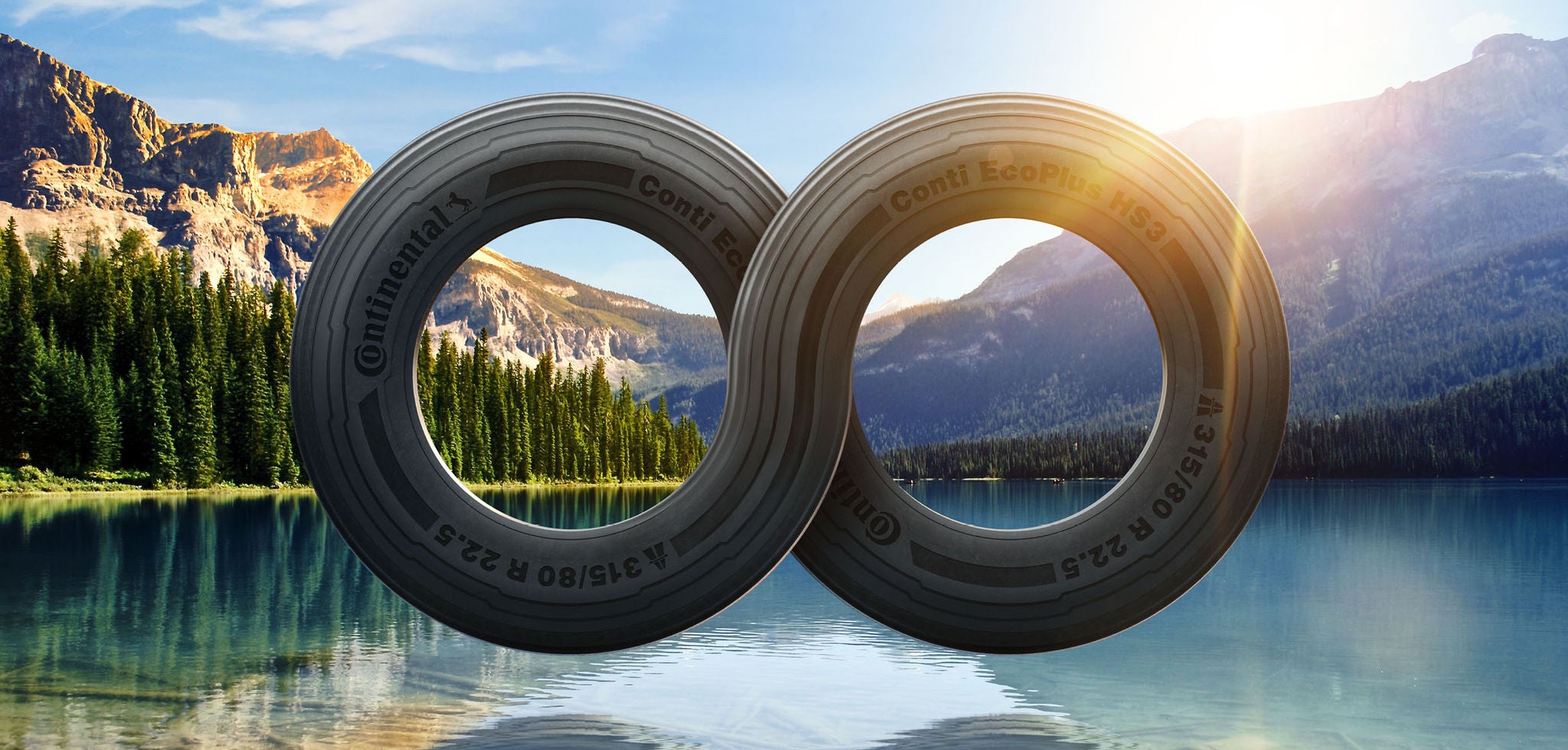
Visit Continental Tires in your country for local vehicle fitment
# Sustainability
Circular Economy: A Holistic Concept
Six Questions for Martina Steppat, Program Manager Circular Economy at Continental

We believe that circular economy is the model of the future. Our ambitious goal is to increase the use of sustainable materials in our tire products to 100 percent by 2050 at the latest. In this context, 60 percent of the materials used in tire production are to be recycled from tires by 2050 at the latest.

We want to keep our materials in the value chain.
We talked with Martina Steppat about the journey to a circular economy.
What is Continental focusing on most when it comes to its goal of a circular economy?
Circular economy is always a holistic concept. It is made up of various factors, all of which have the goal of keeping the materials we use within the value loop. Recycling technologies, resilient supply chains and adapted business models all have a role to play here.
What issues do you face in achieving these goals?
Our goals are realistic from today’s perspective, but also quite challenging. The whole organization has to change and adapt its mindset in many areas if we are to achieve the transformation to a circular economy. Tires are designed to provide a secure connection with the road and to transport loads. These are nonnegotiable criteria for us. One challenge in view of the high requirements involved is designing tires in the future that tick all the boxes – not just when it comes to safety but also with sustainability in mind.
What exactly does that mean when it comes to tires?
Tires in their current design are optimized not for circularity but for performance. In the future, they will have to fulfil both requirements at the same time. However, this means that, in the coming decades, we will need to perform a dual task: bring products to market which are optimized for both circularity and safety and find solutions for recycling and reusing products as we know them today.
How can that work?
We already have mechanical methods available to us, such as retreading or reclaiming. And the market for granulated tires has also been established for decades. With the three basic principles of circular economy - reduce, reuse, recycle - in mind, retreading gives us a way of extending the lifespan of casings and therefore saving a large chunk of the resources required for making tires. Reclaim can then be manufactured from the rough material and reused in tire production for specific parts. Granulate from end-of-life tires to be reused in products such as damping mats are also currently an important part of the concept when it comes to extending the life of the materials. A basic requirement for this will be direct access to end-of-life tires in the future. As things stand today, a lot of material goes to other, less value-adding channels or is simply incinerated or landfilled in a global context. In the spirit of circular economy, however, it must be our aim to reuse the materials we use. And at the highest quality level. In our view, so-called downcycling cannot be an option.
What are the challenges?
Tires are highly developed performance products and present us with a major challenge – one which involves both the composition and the design of our products. In the past few years, we have made considerable advances and have demonstrated that it is possible to produce tires with renewable and recycled materials which continue to meet all the usual requirements when it comes to safety and performance. But that is only the first step along a path we will continue to follow.
What is still important for tires as a product in terms of the transformation process?
We need to push back the recognizable limitations imposed by the design and composition of tires as they are today, with the introduction of new constructions and designs at the same time. In our view, the transformation to a circular economy can only be successful if the materials we use to make tires can be recovered as raw materials as easily as possible and to the highest quality standards. Around 80 percent of how sustainable a product can be will be determined during the development stage. This is also where access to the streams of end-of-life tires comes into play. When we develop technologies and materials for the recycling of end-of-life tires, it is always under the premise of making them usable for us. In the future, it will be necessary to channel the current flows of end-of-life tires into these technologies and at the same time make the recovery of the materials used as efficient as possible through our design.
Click here to learn more about selected activities we are already working on when it comes to circular economy solutions.
-
 2025/12/08Our tire supply chain is 100 percent carbon neutral by 2050 at the latest. Find out what we are doing to achieve this goal.Design & SourcingRead more
2025/12/08Our tire supply chain is 100 percent carbon neutral by 2050 at the latest. Find out what we are doing to achieve this goal.Design & SourcingRead more -
 2025/12/09We take responsibility for our products, people and the environment. The future of transportation will be cleaner, more sustainable and carbon-neutral.Our AmbitionRead more
2025/12/09We take responsibility for our products, people and the environment. The future of transportation will be cleaner, more sustainable and carbon-neutral.Our AmbitionRead more -
 2025/08/22Continental is targeting 100 percent carbon neutrality across the entire value chain.Carbon NeutralityRead more
2025/08/22Continental is targeting 100 percent carbon neutrality across the entire value chain.Carbon NeutralityRead more
